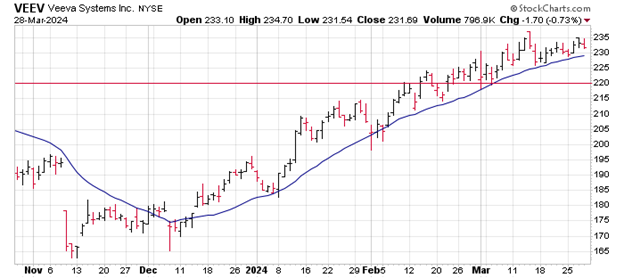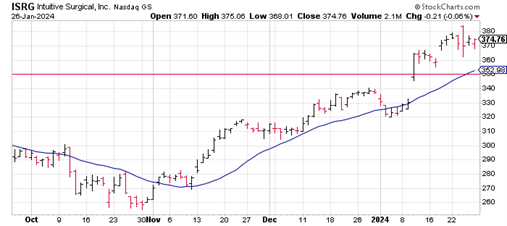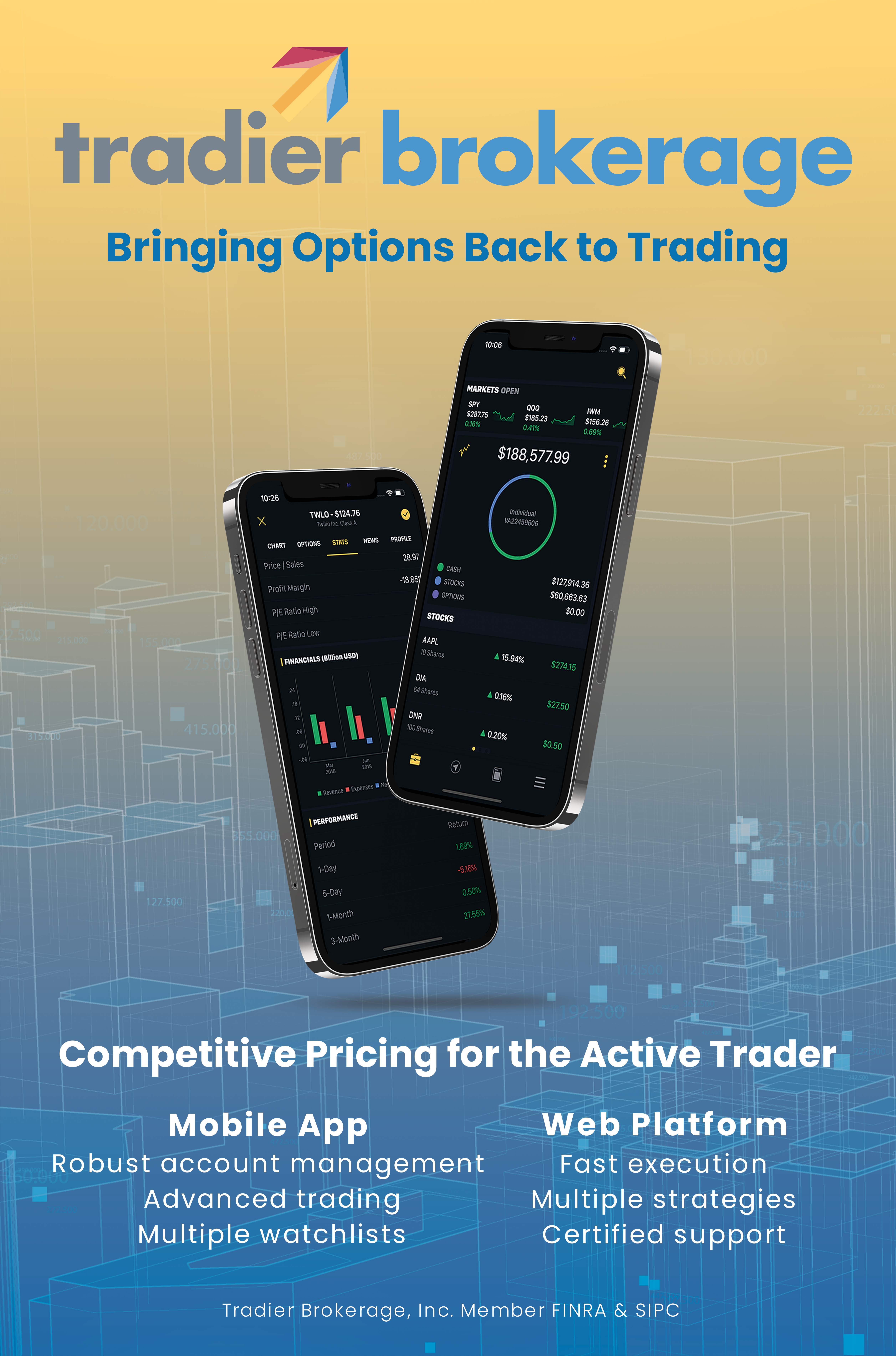Never buy a mutual fund unless it is a no-load index fund with the lowest cost structure. (I will tell you where to find it later.)
Why Stock Options are better than Mutual Funds
The Great Myth Of Out-Performing Mutual Funds
Every year, dozens of financial magazines, newspapers, and newsletters dutifully report the top-performing mutual funds, based on 1-, 2-, 5-, or more year time periods. Presumably, the mutual funds that scored the highest in the past are the ones we can expect to continue to outperform in the future. This presumption is a myth.
To me, these scorecards are like reporting the most recent numbers which won at a roulette wheel – they indicate little or nothing about what is likely to happen on the next roll. Every year, we see entirely new mutual funds at the top of the lists. In fact, in many instances, the funds that will perform the best next year can be found at the bottom of last year’s list. (Bad luck got them at the bottom last year, just as good luck got the best performers at the top. In both cases, luck, not skill, was the primary determinant of success.)
The Best-Of-The-Best Mutual Fund Managers Make Their Picks
At the beginning of 2001, Business Week magazine selected four experts to invest a hypothetical $100,000 in their 10 favorite stocks. These stock-pickers were good, apparently the best in the business. One manager had earned an average of 20.3% a year for 3 years, placing her in the top 2% of her peers. Two of the fund managers had lost a little during 2000, but their losses were only 1/5 or 1/6 of the average for their kind of mutual funds.
One manager’s secret was to “buy improving companies dirt cheap” – he was quoted as saying that “Cisco at $52 was a reasonable valuation” (of course, a year later, it was under $20, but what the heck, it must have been a real bargain then). The fourth manager specialized in small-caps, and had returned 16.6% for the past three years vs. 1.8% for his small-cap peers. So Business Week had identified the cream of the crop of mutual fund managers to make their very best picks for the year.
Of Course, 100% Of The Absolutely Best Fund Managers Can Still Be Wrong
At the end of the year Business Week (December 31, 2001-page 106) sheepishly reported the results. If you had bought all four portfolios (spreading your risk over 40 stocks), you would have lost 26.7% of your investment for the year. Remember, these were the best of the best experts in their field who were making the picks.
Of course, 2001 was not a great year for stocks. Had you bought an S&P 500 Index fund, your loss for the year would have been 13%. But how would you have felt to have paid these “best of the best” experts by buying their mutual funds (and paying them their 3% or so management fee), and experiencing a loss twice as great as the market average? For sure, they were paid hundreds of thousands of dollars each for their work in 2001 (when a dart thrower could presumably have done twice as well).
The On-Going “Experts Challenge The Darts” Contest
For many years, the Wall Street Journal has run a contest between the top stock picks selected by four “experts” and stock choices made by random darts thrown at the financial pages. Six months after the picks are made, the results are tabulated. So far, the experts hold a narrow lead over the darts.
This contest is not fair, however. The darts are handicapped. Millions of investors are introduced to the single best stock pick of four recognized experts. What’s more, investors read the expert’s reasoning behind his or her choice. This publicity is sufficient for many investors to buy companies they may never have heard about before the contest. I, for one, have bought stocks recommended by these experts on many occasions. All this new buying serves to push the prices higher for the experts’ choices. Presumably, not too many investors run out and buy the darts’ stock picks.
A fair way to run this contest would be to wait two weeks after the contest was announced, and use those prices as the starting points for both the experts and the darts. Of course, then the experts might be totally humiliated. It’s bad enough that they get beat a good share of the time already.
One Of The Great Mysteries Of The Investment World
If portfolio managers really can’t outperform the market, why do we pay them so much? Year after year, millions of investors pay mutual fund managers billions of dollars to under perform the market. It’s one of the investment world’s strangest mysteries to me. Does it make sense to you?
Where To Find The Lowest Cost (Index Or Otherwise) Mutual Funds
You can find any mutual fund’s annual percentage cost (and these costs vary unbelievably), at www.personalfund.com. Check it out. No one should buy a mutual fund without going there first. This website could save you thousands of dollars every year.
I don’t get paid anything to send you there – it’s my way of thanking you for coming to my web site and learning about ways to double your money with just a little effort.
If the investment pros can’t beat the index averages, how do you think the ordinary investor can match up? Probably not too well, even with a full-time research effort. I firmly believe that if you want to invest in mutual funds, you should stop trying to guess which one will have the hot hand next year, and content yourself with the lowest-cost index fund instead. In the long run, you will be way ahead.
Make A Little Extra Effort And Multiply Your Returns
I feel even more strongly that instead of being a passive investor in index mutual funds, you should direct at least some of your money into an active investment that might yield you three or seven or ten times as much as the index fund does.
I’m talking about stock options in general, and LEAPS in particular. It doesn’t take too much to learn about these little-known instruments, and the returns can be tremendous. Tip #1 – All About Options includes a short primer on stock options.
My program is designed to show you several methods to double your money. Tip #5 – The Lazy Way To Double Your Money Strategy involves only two trades at the beginning of the two-year period, but can’t be used in an IRA.
My favorite strategy, Tip #6 – The 10K Strategy, involves a little work and trading every month but can generate superior returns even in a flat market. Sign Up For My Free Options Strategy Report and receive two free reports – “How to Make 70% a Year with Calendar Spreads” and “Case Study – How the Weekly Mesa Portfolio Made Over 100% in 4 Months”.








Follow Terry's Tips on Twitter
Like Terry's Tips on Facebook
Watch Terry's Tips on YouTube